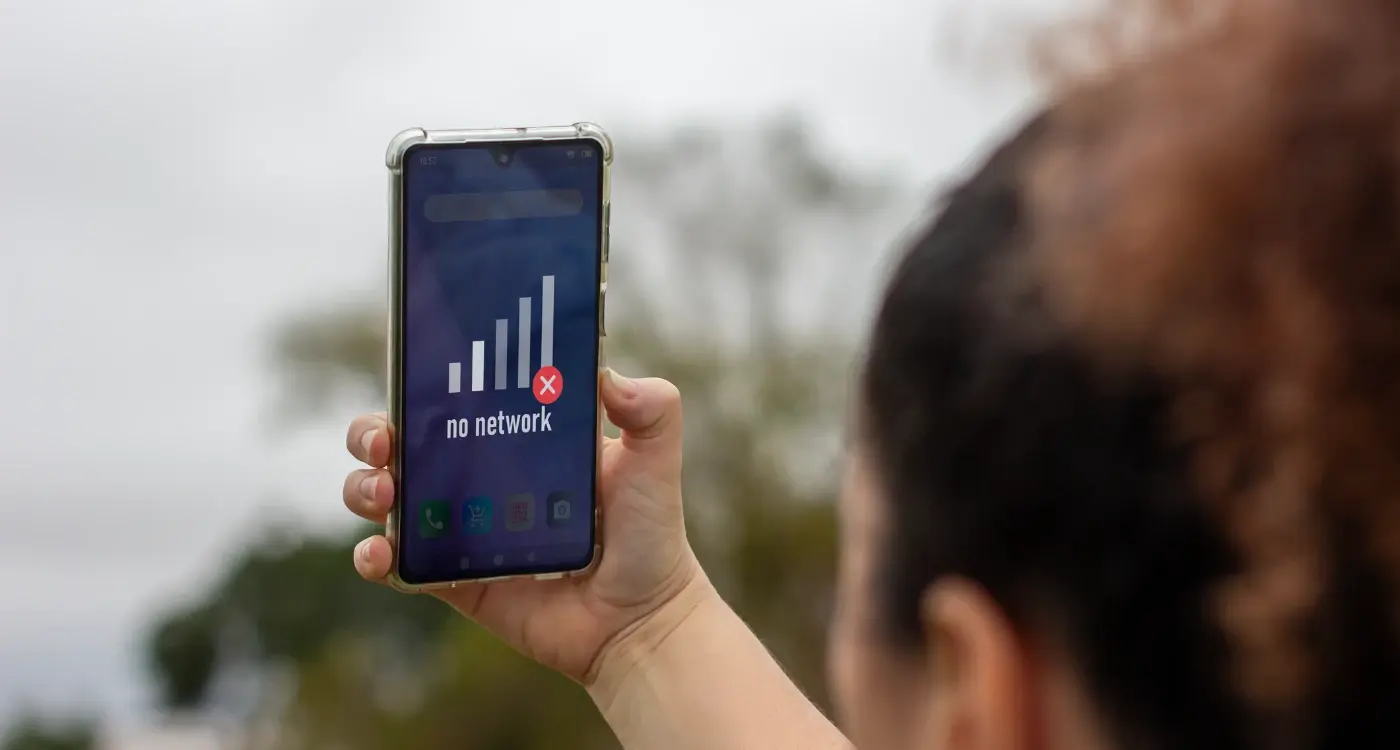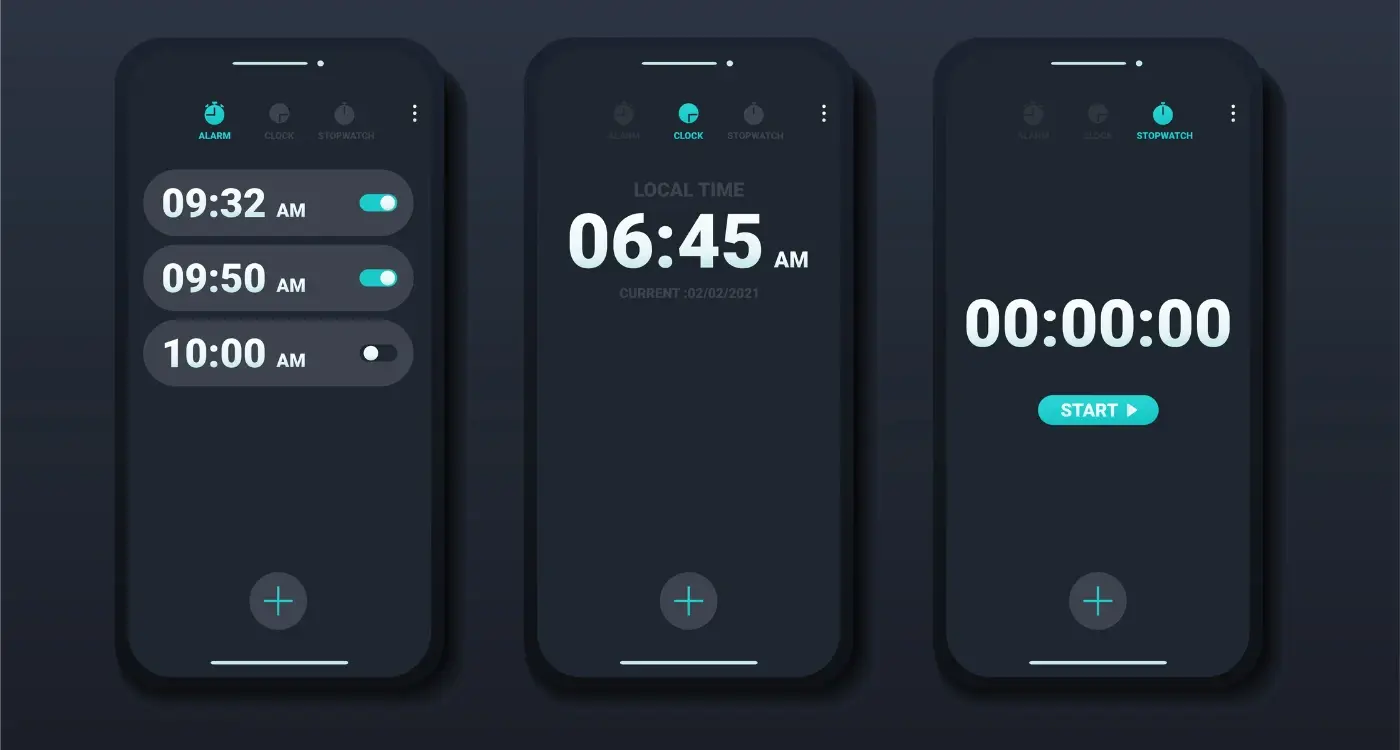How Do I Onboard Users Without Overwhelming Them?
The first few minutes after someone downloads your mobile app are absolutely critical—this is when you'll either win them over or lose them forever. Getting user onboarding right is one of the trickiest parts of creating a great user experience, and I've seen countless apps fail simply because they overwhelmed new users from the moment they opened the app. The stats don't lie either; most people will abandon an app within the first few uses if they can't figure out what to do or feel confused about how everything works.
Think about it from a user's perspective. They've just downloaded your app, probably amongst dozens of others, and they're giving you maybe two or three minutes to prove your worth. That's not very long! During this tiny window, you need to help them understand what your app does, show them how to get value from it, and make them feel confident about using it—all without bombarding them with information or making them jump through endless hoops.
The best onboarding experiences feel like a natural conversation rather than a lecture
The challenge is striking the right balance between being helpful and being pushy. You want to guide users without making them feel like they're being dragged through a boring tutorial. This is where understanding UX best practices becomes absolutely invaluable. Throughout this guide, we'll explore how to create an onboarding flow that feels smooth and intuitive, focusing on techniques that respect your users' time whilst giving them the confidence to explore your app properly.
Understanding Your Users' First Impressions
Those first few seconds when someone opens your app for the very first time are absolutely critical. I can't stress this enough—people make snap judgements faster than you might think, and once they've decided your app is confusing or overwhelming, it's incredibly hard to change their minds.
Most users will give your app about 10 seconds to prove its worth before they close it forever. That's not long, is it? During this tiny window, they're asking themselves some pretty basic questions: what does this app actually do? How do I use it? Is this going to be worth my time? If they can't find quick answers, they'll simply delete your app and move on to something else.
The Psychology Behind Quick Decisions
People's brains are wired to make fast decisions about new things—it's a survival mechanism that's served us well for thousands of years. When someone opens your app, their brain is quickly scanning for familiar patterns and clear signals about what to do next. Understanding how psychology influences mobile UX design can help you create interfaces that feel intuitive rather than foreign or complicated.
This is why that initial screen matters so much. Users need to feel confident and in control from the moment they arrive. They want to understand where they are, what they can do, and how to do it without having to think too hard about any of it.
What Users Notice First
Research shows that users typically look at the top portion of the screen first, then scan down in a rough Z-pattern. They're looking for headlines, buttons, and anything that seems clickable or interactive. If your app throws too much information at them all at once, their eyes won't know where to focus and they'll feel lost before they've even started.
Setting Clear Expectations from the Start
Think of your mobile app's opening moments as a first date—you want to be honest about who you are and what you bring to the table. Users need to know what they're getting into before they commit their time and mental energy to learning your app. This isn't about overselling your features; it's about being upfront so people can decide if your app matches what they need.
The biggest mistake I see developers make is trying to surprise users with hidden features or complex functionality that wasn't mentioned during onboarding. Users hate surprises when it comes to user experience. They want predictability and clarity from the moment they open your app.
Show Your Value Proposition Early
Your app's main benefit should be crystal clear within the first 30 seconds. Don't make people guess what your app does or why they should care. Building a solid business case for your mobile app starts with this clear value proposition—if you've built a fitness tracking app, tell them straight away how it will help them reach their health goals—don't leave them wondering if it's just another step counter.
Preview What's Coming Next
Users perform better when they know what to expect. If your onboarding has five steps, tell them that upfront. Show a progress bar or numbered steps so they can mentally prepare for the journey ahead. This simple transparency reduces anxiety and makes people more likely to complete the process.
Use preview screens or brief descriptions to show users what each main section of your app does before they dive in. This helps them build a mental map of your app's structure.
Setting expectations isn't just about explaining features—it's about building trust. When users know what to expect and your app delivers exactly that, you've created the foundation for a positive long-term relationship with your mobile app.
Breaking Down Complex Features into Simple Steps
When you've built something clever—a feature that does multiple things or solves several problems at once—there's always this temptation to show users everything straight away. I get it; you're proud of what you've created and want people to see its full potential. But here's the thing: users don't care how clever your feature is if they can't figure out how to use it.
The secret is treating complex features like you're teaching someone to drive. You wouldn't start by explaining parallel parking, three-point turns, and motorway merging all in one go. You'd begin with the basics—starting the engine, using the pedals, steering. The same principle applies to app features.
Start with the Core Action
Every complex feature has one primary thing it helps users achieve. Focus on that first. If you've built a sophisticated project management tool, don't overwhelm new users with custom fields, automation rules, and advanced reporting. Show them how to create their first project and add a simple task. That's it.
Once they've mastered that basic flow—and felt successful doing it—you can gradually introduce the more powerful capabilities. This approach works because people learn better when they build confidence through small wins rather than being bombarded with information they're not ready to process.
Use Natural Breaking Points
Complex features usually have natural stopping points where users can pause and absorb what they've learned. These might be after completing a form, finishing a setup step, or achieving a small goal. Use these moments to acknowledge their progress and gently introduce the next piece of functionality. This way, users never feel lost or overwhelmed—they always know where they are in the journey.
Using Progressive Disclosure to Reduce Cognitive Load
Progressive disclosure is one of those UX best practices that sounds complicated but is actually quite simple—you show users information bit by bit, rather than dumping everything on them at once. Think about how your mobile app currently introduces features to new users. Are you showing them every button, menu, and option right from the start? If so, you're probably overwhelming them.
The human brain can only process so much information at once before it starts to shut down. When users open your mobile app for the first time, their cognitive load is already high because everything is unfamiliar. By revealing features gradually, you give their brain space to absorb and understand each element before moving on to the next.
Start with the Basics
Begin by showing users only what they need to complete their first task. Hide advanced features, secondary menus, and complex options behind simple entry points. The principles of clean design and simple UX are crucial here—once they've mastered the basics, you can introduce more sophisticated functionality.
The best user experience feels like a gentle conversation, not an information avalanche
Timing Matters
Progressive disclosure isn't just about what you show—it's about when you show it. Introduce new features when users actually need them, not before. If someone is setting up their profile, don't distract them with notification settings or sharing options. Those can wait until they're ready to explore further into your mobile app's functionality. This creates a natural learning curve that feels manageable rather than overwhelming.
Creating Helpful Guidance Without Being Intrusive
There's a fine line between helping users and annoying them—and crossing it can kill your app faster than you might think. Too much guidance feels pushy; too little leaves people confused and frustrated. After years of designing onboarding flows, I've learnt that the best help doesn't feel like help at all.
The secret is understanding when users actually need your guidance. People don't want tooltips popping up every five seconds, but they do want answers when they're stuck. Smart apps use contextual hints that appear only when relevant. If someone hovers over a button for more than a few seconds, show them what it does. If they're filling out a form and pause at a tricky field, offer a gentle suggestion.
Timing Your Interventions
The best guidance feels natural and unforced. Instead of throwing everything at users immediately, watch their behaviour and respond accordingly. Someone who's racing through your app probably doesn't need hand-holding—but someone who's clicking around aimlessly might appreciate a subtle nudge in the right direction.
Making Help Optional
Always give users control over their experience. Some people love detailed explanations; others prefer to figure things out themselves. The smartest approach is offering help that's easy to access but never mandatory.
- Use subtle visual cues like gentle animations or colour changes
- Place help icons near complex features but don't make them flashy
- Let users dismiss guidance permanently if they want to
- Provide a help section they can return to later
Remember, your job isn't to explain every single feature—it's to help users succeed at what they're trying to accomplish. Good guidance feels like having a knowledgeable friend nearby, ready to help but never pushy about it.
Testing and Refining Your Onboarding Flow
Here's the thing about onboarding—you'll never get it right the first time. I've built countless mobile apps over the years, and every single one has needed tweaks to the onboarding process after launch. The difference between successful apps and failed ones isn't perfect planning; it's smart testing and quick adjustments based on real user behaviour.
Start testing your onboarding flow before you launch. Get friends, family, or better yet, strangers to try your app while you watch. Don't tell them anything—just hand over the device and observe. You'll be shocked at how differently people interact with your mobile app compared to what you expected. They'll tap buttons you didn't think were buttons, skip steps you thought were obvious, and get confused by things that seem crystal clear to you.
What to Look For
Watch for three key things during testing: where users pause, where they tap incorrectly, and where they give up completely. These moments tell you everything about your user experience. Understanding how user testing transforms apps can help you identify these critical friction points more effectively.
Making Smart Changes
Don't change everything at once after testing. Pick the biggest problem first and fix that. Then test again. This approach follows UX best practices and prevents you from creating new issues while solving old ones. Small, focused changes work better than complete overhauls—trust me on this one.
Use analytics tools to track where users drop off in your onboarding flow. Numbers don't lie, and they'll show you problems you might miss during face-to-face testing.
Common Mistakes That Push Users Away
After years of working with apps that succeed and apps that fail spectacularly, I've noticed some patterns. The apps that lose users quickly during onboarding tend to make the same mistakes over and over again. These aren't just small oversights—they're fundamental problems that make people delete your app within minutes of downloading it.
The biggest culprit is asking for too much too soon. We've all seen those apps that want your email address, phone number, location access, camera permissions, and notification rights before you've even seen what the app actually does. This is why savvy developers focus on building an email list before their app launches rather than forcing registration at first use—users will bail faster than you can say "sign up".
The Most Common Onboarding Mistakes
- Forcing registration before showing any app functionality
- Creating tutorials that are longer than five screens
- Using technical jargon instead of simple language
- Asking for permissions without explaining why you need them
- Making every feature seem equally important
- Skipping the "skip" option on tutorial screens
- Using generic stock photos instead of your actual app interface
Another mistake I see constantly is the endless tutorial. People don't want to sit through twelve screens of instructions when they could be using your app. Show them one key feature, let them try it, then gradually introduce more complexity. Think of it like learning to drive—you don't start with motorway merging.
The good news is that fixing these problems isn't rocket science. Start by testing your onboarding flow yourself, then watch real users go through it. You'll spot the friction points immediately when you see people getting confused or frustrated. Most onboarding problems are obvious once you know what to look for.
Conclusion
Creating a smooth onboarding experience for your mobile app doesn't have to be rocket science—it just needs to be thoughtful. After working with countless apps over the years, I can tell you that the ones which succeed are those that respect their users' time and intelligence. They don't try to show everything at once; they guide people gently through what matters most.
The best user experience comes from understanding that people want to get value from your app quickly. They don't want lengthy tutorials or overwhelming screens packed with features. They want to feel confident and capable from the moment they open your app. This means starting with clear expectations, breaking down complex tasks into manageable steps, and only showing information when it's actually needed.
Your onboarding flow should feel like a natural conversation—not a lecture. Give people just enough guidance to feel supported, but don't hold their hand through every single action. Most users are smarter than we give them credit for, and they'll appreciate being trusted to figure things out with gentle nudges rather than heavy-handed instruction.
Remember that onboarding isn't a one-and-done task. It's something you'll need to test, measure, and refine based on real user behaviour. What works for one app won't necessarily work for another, and what works today might need adjusting tomorrow. The key is staying flexible and keeping your users' needs at the heart of every decision you make about your mobile app's UX best practices.
Share this
Subscribe To Our Learning Centre
You May Also Like
These Related Guides

What Features of My App Should Work Offline?

How Long Should My App's Onboarding Process Be?



